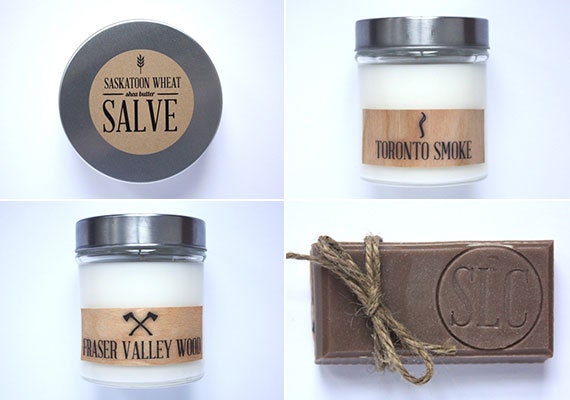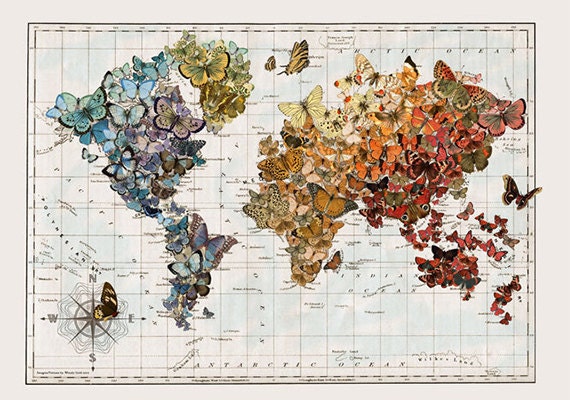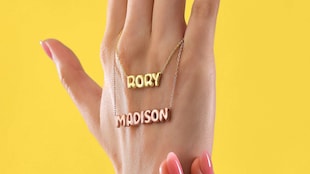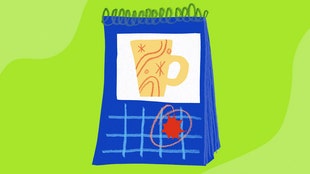You are here. Those powerful little words help us navigate unfamiliar places. Adding that same sense of place to your shop gives customers an immediate understanding of your brand. By offering products with local appeal, you can tap into shoppers’ sense of wanderlust or their hometown pride.
Using your location in your branding or products can give your shop a distinctive hook that grabs the attention of shoppers and helps you stand out in a diverse global marketplace “It’s not even about location necessarily, but simply coming across as an authentic, engaged maker or entrepreneur with an equally authentic story,” says Liz Johnson, brand director at Braid Creative, a small-business branding consultancy in Oklahoma City. “If wearing your location on your sleeve (or brand, as it were) helps you connect with other like-minded creatives or customers, then all the better.”
Whether you incorporate small local touches into your product line or make it a keystone of your brand, showing your hometown pride can set you apart. Ready to put your shop on the map? Check out the following ideas for adding location-specific branding to various elements of your shop.
1. Put Products in Their Place
Consider incorporating local landmarks, lore or nature motifs in your products to attract both retail and wholesale customers. John Frechette, an Etsy Wholesale buyer and founder of MADE gift boutique in Jackson Hole, Wyoming, seeks out one-of-a-kind pieces that incorporate local legends. For instance, he sells a jackalope charm necklace by Crave Jewelry Designs in his shop and collaborated with Tessa Burnett of HattieRex to create a necklace featuring the Teton mountain range. Subtle nods to your shop’s locale create a sense of community that buyers will want to be a part of. “What works really well for us are things that reference the area and icons,” he says, rather than items that explicitly say “Jackson Hole.”
Tory Savannah and Tahnee Bryn founded Wish You Were Northwest as an outlet to explore their love of fashion and photography and showcase the beautiful landscapes and laid-back lifestyle of the Pacific Northwest. The slouchy tees and knit beanies they sell feature words and phrases that represent life in the region (think “chase the fog” or “let’s wander”). “We want our products to apply to your own personal Northwest feeling, wherever you are,” Tahnee says. Although Tory and Tahnee initially thought their core audience would be local, they have found that people around the world are interested in buying a piece of the Northwest’s outdoorsy culture.
When developing new pieces for their collection, Tory and Tahnee envision the place that each product represents, whether it’s the fog-covered mountains of fall or the lakeside cabins of summer. Starting with a location keeps the designs authentic. Tory and Tahnee recommend identifying the lifestyle of your locale and creating products that allow customers to live it, too, no matter where they are located. “We want to create this inclusive feeling that says ‘come and enter our world with us,’” Tahnee says.

2. Set the Scene With Branding
There are a number of ways to incorporate a sense of place in your branding. Make a quick connection in customers’ minds between the place and your brand by including it in your shop name. A desire to capture the smells of her childhood and fierce Canadian pride led Natalie Gluic to found Smells Like Canada, a scented candle and body care shop based in Toronto. “Everybody has a connection to place, whether it’s a place you’ve visited, or somewhere you’ve lived during a formative period of your life,” Natalie says. Each of her candles evoke the scents found in the different cities and regions of Canada. The local element pushes the purchase decision beyond just the scent or look of the candle, tapping into a customer’s emotions and allegiances.
The name Smells Like Canada is also broad enough to allow Natalie to explore her creativity in new ways and expand her line to include incense, salves, soap and even non-scented products like totes and prints. “It gives my creativity some borders around which to operate,” says Natalie.
Product photography can go a long way toward reinforcing a local brand identity. For instance, the natural beauty of the Pacific Northwest plays a starring role in Tory and Tahnee’s shop. “Backgrounds are so influential and can persuade customers to want to be part of what you’re creating,” Tory says. Seek out environments unique to your city for photo inspiration. If your products are too small to shoot in a landscape or on a model, consider incorporating evocative textures, such as woodland moss, desert sand or urban steel, into photos to convey a sense of place.
Extending local motifs to your packaging creates a cohesive brand message. Natalie created small icons to represent each of her scents, including axes for her Fraser Valley Wood scent and a shaft of wheat for Saskatoon Wheat. Tory and Tahnee add evergreen-printed washi tape and other rustic touches to their packaging.

3. Tap Into Local Social Media Trends
To reach buyers interested in showing off their hometown pride, pay special attention to local social media trends. Before founding their shop, Tory and Tahnee noticed that Instagram users in the Seattle area loved sharing images of the beautiful landscape as much as they did. They built up their following by posting photos of foggy drives and tree-covered mountains. When they launched Wish You Were Northwest, incorporating their products into the photos they share on Instagram was a natural way to build their customer base. When they launched their NRTHWST tee, they started the #nrthwst hashtag, which now appears on more than 7,000 Instagram images.
How would you incorporate your location or hometown into your shop branding? Share your ideas in the comments below.
 Words by Taylor Combs
Words by Taylor Combs




